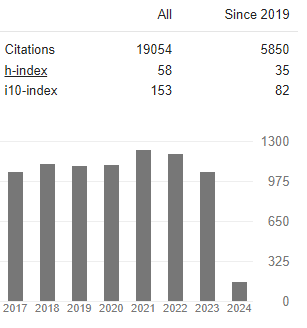Optimization of Culture Conditions for L-Glutamic Acid production by Bacillus flexus Using Response Surface Methodology
Abstract
Olaposi O Adegoke, Sarafadeen O Kareem, Saka A Balogun, Abideen I Adeogun
The body can use L-glutamic acid to make proteins (L-GA). It was formerly derived from plants, however bacteria have subsequently been studied as a potential source of synthesis. Bacillus flexus is a glutamic acid-harvesting bacteria that is well-known. Submerged fermentation was used in the production of L-GA. Response Surface Methodology (RSM) was utilized in this study to statistically optimize fermentation parameters that influence Bacillus flexus yield of L-glutamic acid. The effects of culture conditions, including several medium composition components, were evaluated using Central composite design (CCD) response surface optimization. Inoculum size, pH, substrate concentration, temperature, and time were all found to have substantial effects on glutamic acid production. Production increased considerably (p<0.05). Bacillus flexus produced the highest L-glutamic acid production of 4.9 g/L when the substrate concentration was 6%, the inoculum size was 4%, the temperature was 35°C, the pH was 7, and the time was 3 days, as predicted by RSM. This value is very close to the predicted value of 5.02 g/L, proving its validity. RSM proved to be a powerful strategy for improving this organism's L-glutamic acid synthesis.





